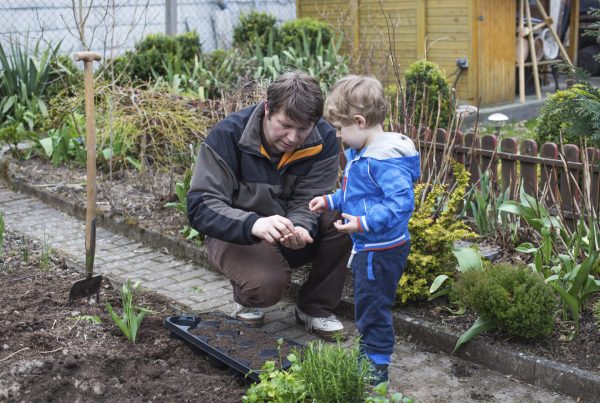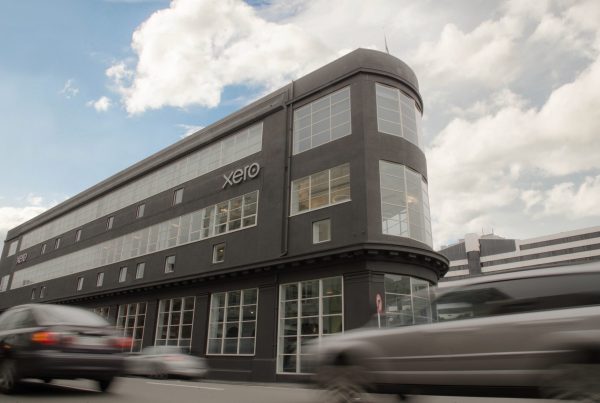
We’re hanging out at INK’s box-fresh new shop on Marion Street in the Cuba quarter. Grant and his son and business partner Joseph have been showing me around their spacious workrooms and giving me a run-down on the environmentally friendly and sustainable equipment and processes they make use of, which alongside modern accessibility-focused interfaces and a demystification of practice are part of INK’s strategy to contribute to a future-proofed print industry. “They use print to do one-off things rather than a whole run,” Grant continues. “Now people can interface with the digital age and still have a physical product to hold or put on the wall.”
Think about it. Back in the 1990s or even early 2000s you’d shoot a roll of film on your camera and get the whole thing processed. Now you can keep a whole archive of photos stored in an online cloud-based back-up and pull the very best down to print out, mount or even frame. It’s accessible in cost and it can be done quickly. Under the leadership of Grant’s son Joseph, INK intend to take this ease even further through online design functionality. “You’ll be able to go to our website, do everything and send it off,” Grant enthuses. “Then you can order the product, pay for it, pick it up, or have it delivered. We’re going to take the mystery out of design and make it accessible to the man on the street. If you can use the Internet, you’ll be able to do it yourself.” Posters, business cards, booklets, bumper stickers, you name it. “It’s a total unlocking of creativity,” he continues.
First established as Big Image Print on Vivian Street in 2001, the company evolved into BIP Digital before settling on their current name and location. “I think our cheesy tagline sums up what we do,” laughs Joseph. “Big or small we print it all. There is literally nothing we don’t do.” Having recently acquired long-standing local photo lab Image Lab, they can now also offer photographic processes to a museum-grade standard, a compelling connection to our analogue past.
Heavily involved with servicing and providing sponsorship towards the local arts community, as well as Wellington’s burgeoning coffee and craft beer scenes, museums and universities, INK stay located in the Cuba quarter to be in the thick of things. “The arts is what makes Wellington really,” Grant reflects. “You walk down Cuba Street or this quarter, and it’s kind of like a mini New York in the late 1980s. The interaction of the arts with music, dance and theatre, the graffiti and the posters. It just has that vibe.”
“We’re very focused on the community we live within,” Joseph adds. “We’re interested in how we support that and how we interact with other businesses and the public. Aside from that, it’s about clients coming to us and walking away with something better than what they wanted. That’s what we’re about.”



